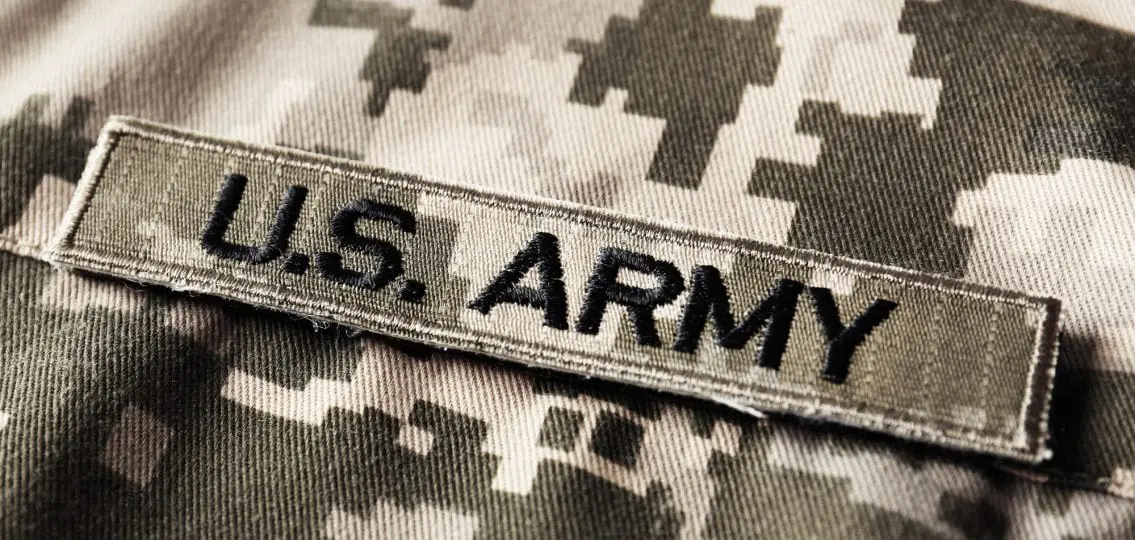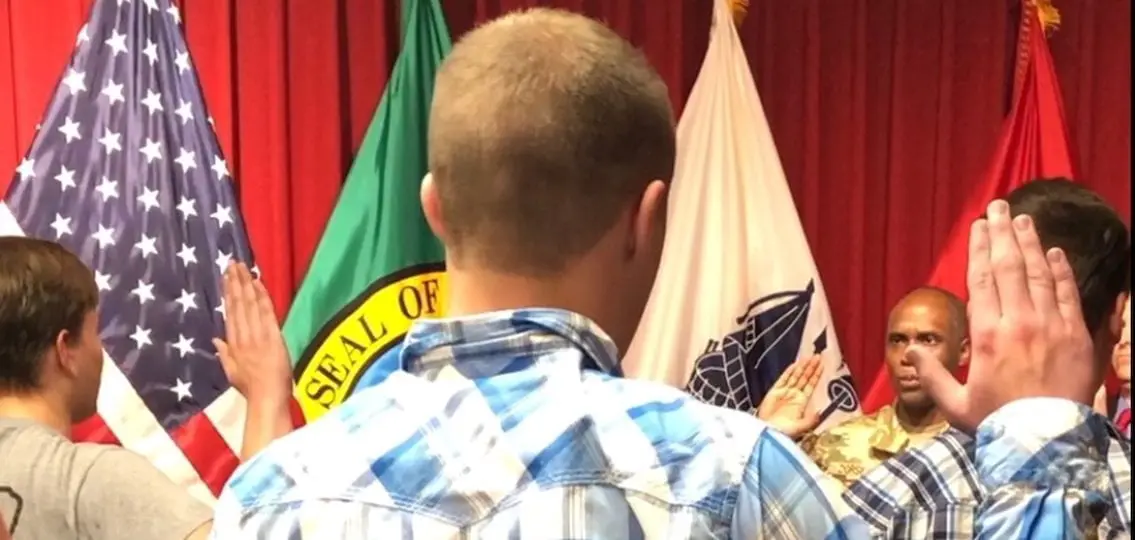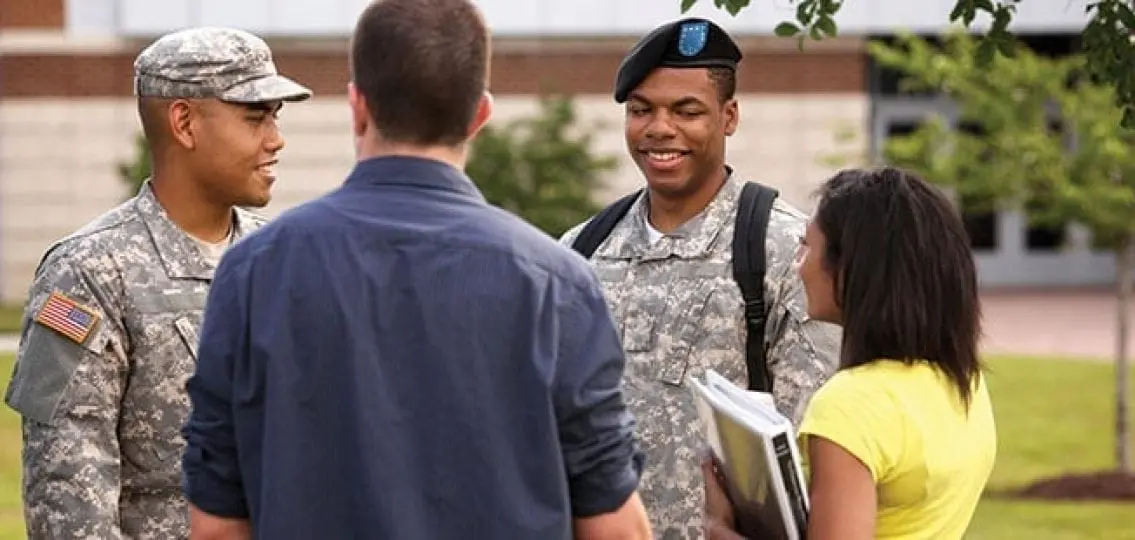Has your teen thought of joining the military to pay for college? There are several ways that the United States military helps its servicemen and women earn a four-year college degree. But it’s important to understand that while the military is certainly an alternative path to a degree, it’s not one to be taken lightly.

Teenagers considering having the military pay for college must truly have a desire to serve in the military—because in return for the education benefits of joining the army, they commit to serve in the military for a period of time.
3 Military Programs that Support College Education
1. Reserve Officer Training Corps (ROTC)
ROTC programs are available at more than 1,000 U.S. colleges and universities; they’re offered by every branch of the military (Army, Navy, Coast Guard, etc.). Think of ROTC as a scholarship program with a military service component. For example, students in the Naval Reserve Officer Training Corps (NROTC) are eligible to receive up to $180,000 in tuition assistance at one of 160 colleges in the United States.
| [adrotate banner=”213″] |
During college, they live with other cadets on campus; they also get special training during the summer. But otherwise, they’re like traditional college students. Especially after 5 p.m., when the uniforms come off. After graduation, NROTC students are commissioned as ensigns in the Naval Reserve. And they are required to serve at least three years of active duty service.
2. Active Duty Military/Veterans
Teenagers who want to serve in the military directly after high school can take advantage of the education benefits provided to military personnel. Those benefits vary depending on length of service. While serving in the military, most service members can get tuition assistance. The Post-911 GI Bill provides veterans with up to 36 months—four academic years—of tuition, room and board, and books. Amounts vary by type of service and time served.

3. Service Academies
Lastly, teenagers can earn a bachelor’s degree at one of the five Service Academies in the United States. The different branches of the U.S. military run these institutions. For example, the Army runs the U.S. Military Academy, also known as West Point. And the Navy runs the U.S. Naval Academy. Competition for admittance to these academies is fierce. It requires students to be at the top of their class, with top scores, in top physical health, and with a recommendation from a member of Congress to boot. Graduates of the service academies—which are free—receive a bachelor of science and must commit to a minimum of five years of service.
Here’s a more in-depth look at ROTC.




